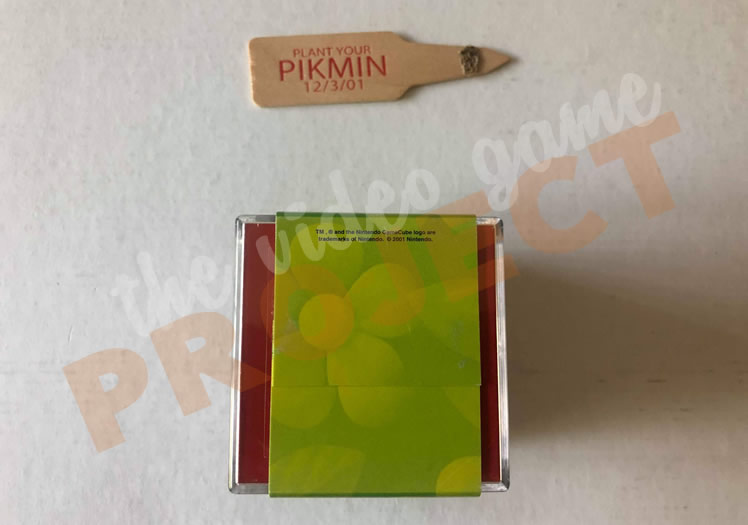The Video Game Project
A Closer Look At The Prototypes That Became Your Favourite Games!
Pikmin GameCube Press Kit
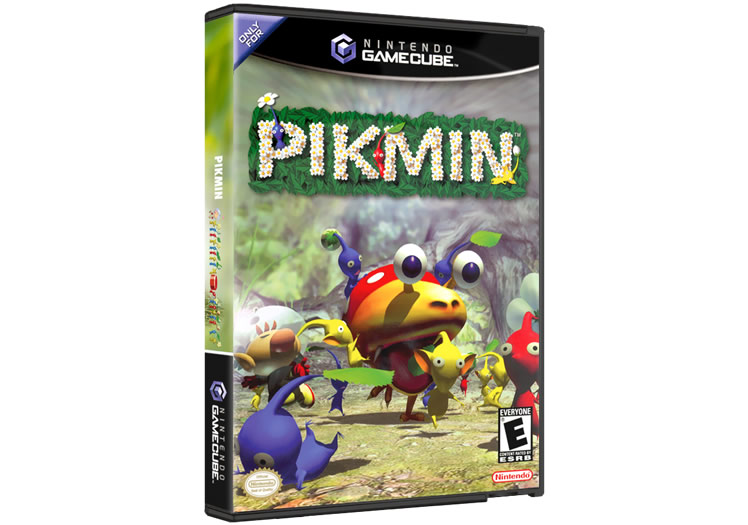 Pikmin is a Real-time strategy and puzzle video game developed and published by Nintendo for the GameCube. A technical demonstration called Super Mario 128 was shown at Nintendo Space World 2000, showing the performance of the prototype GameCube hardware by animating up to 128 copies of Mario at once. Shigeru Miyamoto stated in 2007 that "most of you have already played [Super Mario 128] - but you played it in a game called Pikmin." The development team of Pikmin expressed their initial trouble finding the game's direction. Director Shigefumi Hino explained: "I still can clearly recall the first time that I saw multiple Pikmin working together to carry a big opponent. Until then, we had been struggling to find the direction that this game should have, but when these "carry" actions were completed, we were able to determine the future of Pikmin." Pikmin was developed on Microsoft Windows. A Windows version of the game with debugging features is hidden on the GameCube version's disc.
Pikmin is a Real-time strategy and puzzle video game developed and published by Nintendo for the GameCube. A technical demonstration called Super Mario 128 was shown at Nintendo Space World 2000, showing the performance of the prototype GameCube hardware by animating up to 128 copies of Mario at once. Shigeru Miyamoto stated in 2007 that "most of you have already played [Super Mario 128] - but you played it in a game called Pikmin." The development team of Pikmin expressed their initial trouble finding the game's direction. Director Shigefumi Hino explained: "I still can clearly recall the first time that I saw multiple Pikmin working together to carry a big opponent. Until then, we had been struggling to find the direction that this game should have, but when these "carry" actions were completed, we were able to determine the future of Pikmin." Pikmin was developed on Microsoft Windows. A Windows version of the game with debugging features is hidden on the GameCube version's disc.
In Pikmin, the main character is Captain Olimar, a tiny, one-inch tall humanoid style extraterrestrial from the planet Hocotate. The story starts when Olimar is taking an intergalactic vacation in outer space. However, during his flight, a comet hits his spacecraft, the S.S. Dolphin (a reference to the GameCube's codename, "Project Dolphin"), which is then pulled into the gravity field of an uncharted planet. Parts of the spaceship fall off as it plummets to the ground and crashes.
When he regains consciousness, Olimar finds out that the planet's atmosphere contains high levels of oxygen—an element deadly to his people—and he can stay on the planet for only thirty days before his life support system stops functioning. Olimar must retrieve many of the spaceship parts so he can rebuild his spaceship and return to Hocotate. Although Olimar initially states in his journal entries that he needs all thirty parts, as the game progresses, it is hinted that some parts might not be needed to actually lift off and, indeed, one can successfully complete the game without the said parts.
Indigenous creatures called Pikmin help Olimar. They are nearly extinct and unable to survive in the environment without direct leadership. As this element of symbiosis develops, Olimar discovers parts of the Dolphin and travels across the Pikmin Planet, which is assumed to be Earth, albeit with fictional fauna and far after the extinction of humans. The game has three endings depending upon how many ship parts the player successfully reacquires. Two good endings occur should the player retrieve all thirty parts or twenty-five necessary parts, and a bad ending occurs should the player fail to find twenty-five parts.
Upon being revealed at E3 2001, Pikmin garnered positive reception. IGN praised it for its uniqueness and its stunning graphics, with only a few negative points such as a poor camera. It was awarded the title of "Best Puzzle/Trivia/Parlor Game" from the Game Critics Awards, beating out ChuChu Rocket! for the Game Boy Advance. It was also runner-up for "Most Original Game", losing out to Majestic.
In its first week, Pikmin sold more than 101,000 copies. However, sales fell to only between 10,000 and 15,000 copies in the weeks following. Following the release of "Ai no Uta" by Strawberry Flower, an image song related to Pikmin, its sales recovered slightly to about 22,000 copies in a week. The song appeared in the Japanese commercials for the game, but soon became an unexpected hit song, eventually eclipsing Pikmin's sales.
Since its release for the Nintendo GameCube, Pikmin has received positive reception. It holds an average score of roughly 89% and 87% from Metacritic and GameRankings respectively. It was given the award for interactivity from the British Academy of Film and Television Arts. Pikmin has received significant praise for its graphics, in particular the design of the surrounding environment. Gaming Age editor Craig Majaski described Pikmin as both stunning and having a detailed environment.
When it comes to creating press kits, you can't get more unique than Pikmin's. The games producer, Shigeru Miyamoto, had a flower specially bread to resemble what a Pikmin character looked like before being plucked from the ground. Pictures of an unused version of this very clever press kit item are included below!
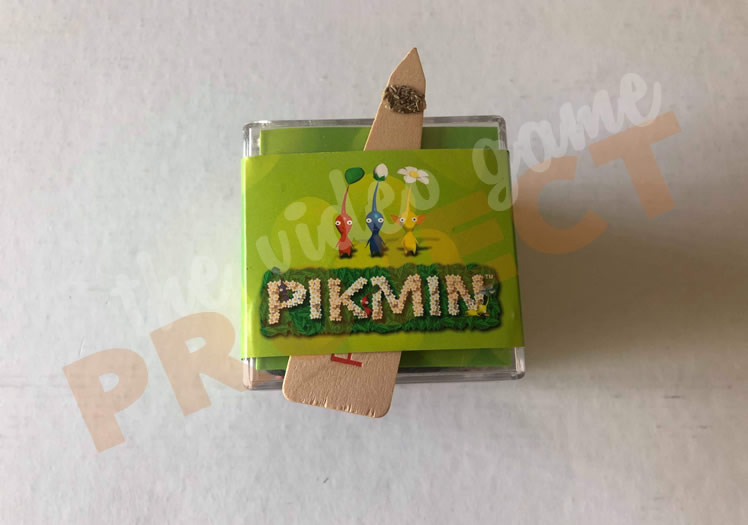
Top
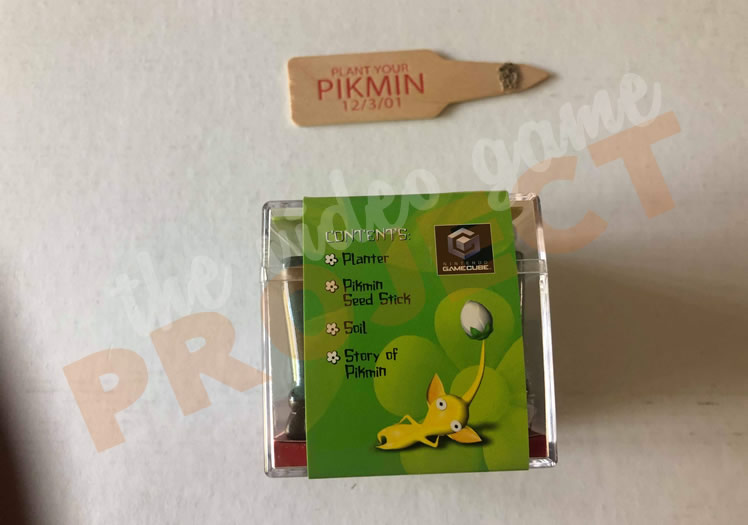
Contents
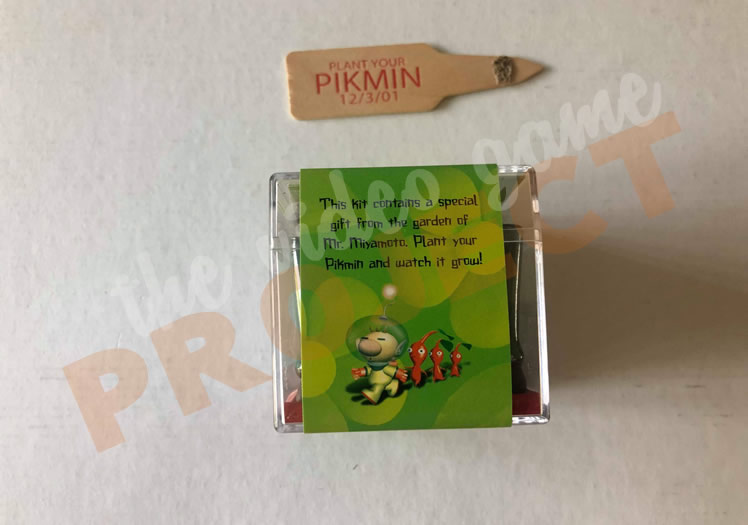
Gift
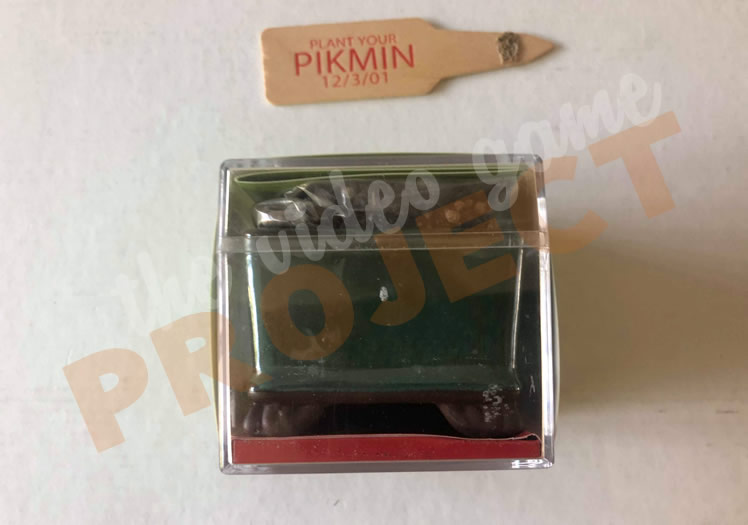
Side
